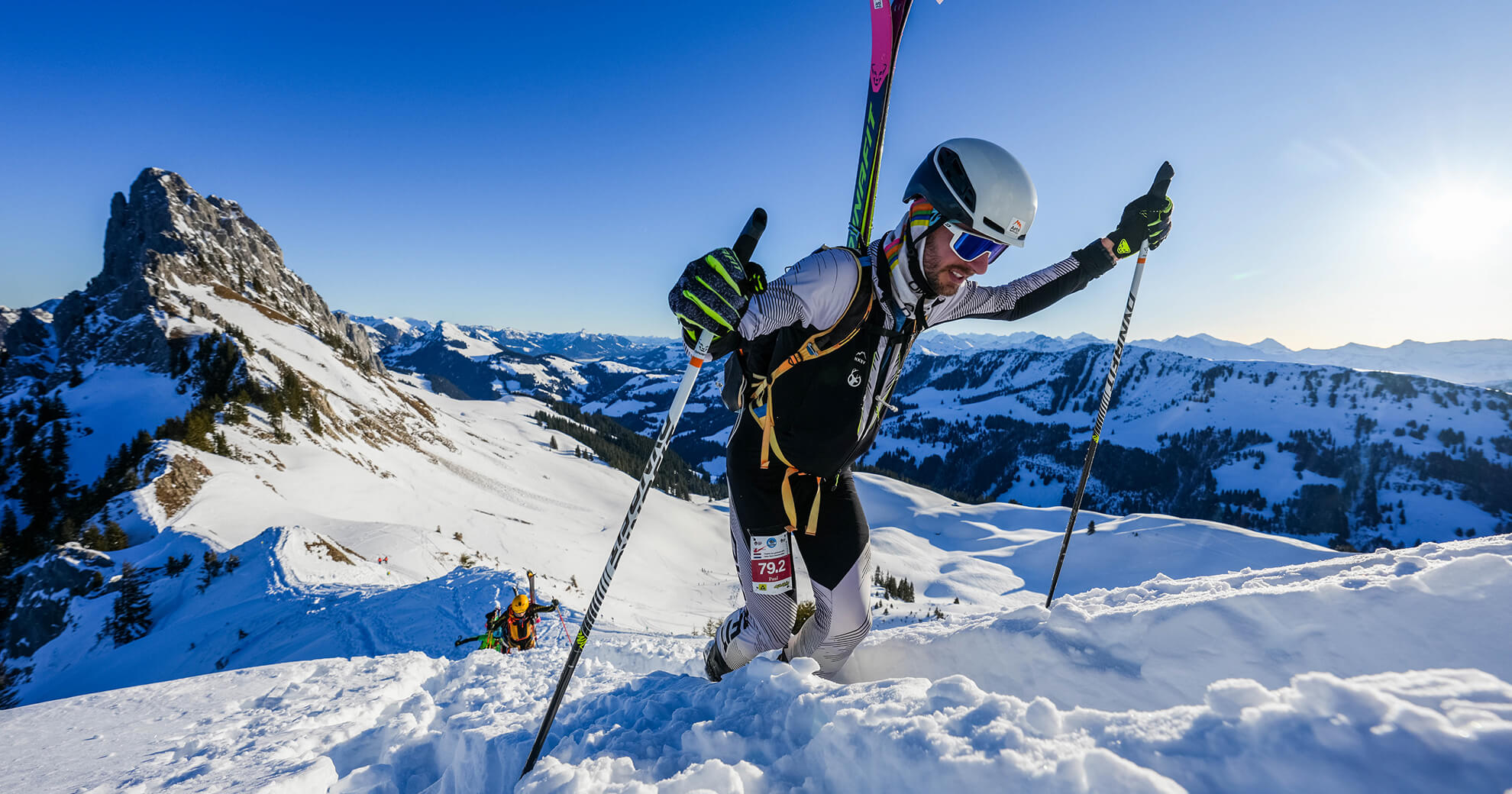
Project duration: 2 months
Technical challenges in automated sports photography
Diagnosing a high-potential photo platform
When our team joined the KUVA project, we identified several major technical challenges that were limiting the effectiveness of this innovative sports photography solution:
- Inaccurate visual recognition algorithm: The system generated too many false positives, occasionally mistaking numbers in the environment for participants’ bibs
- Suboptimal purchasing interface: The user journey did not sufficiently facilitate visitor conversion
- Excessive photo processing time: The availability of images did not meet user expectations in terms of speed
Our mission was to rethink certain technical aspects while preserving the existing system architecture.
The critical importance of speed in event photography
A fundamental part of our approach was understanding why image processing speed is so crucial in the context of sports photography.
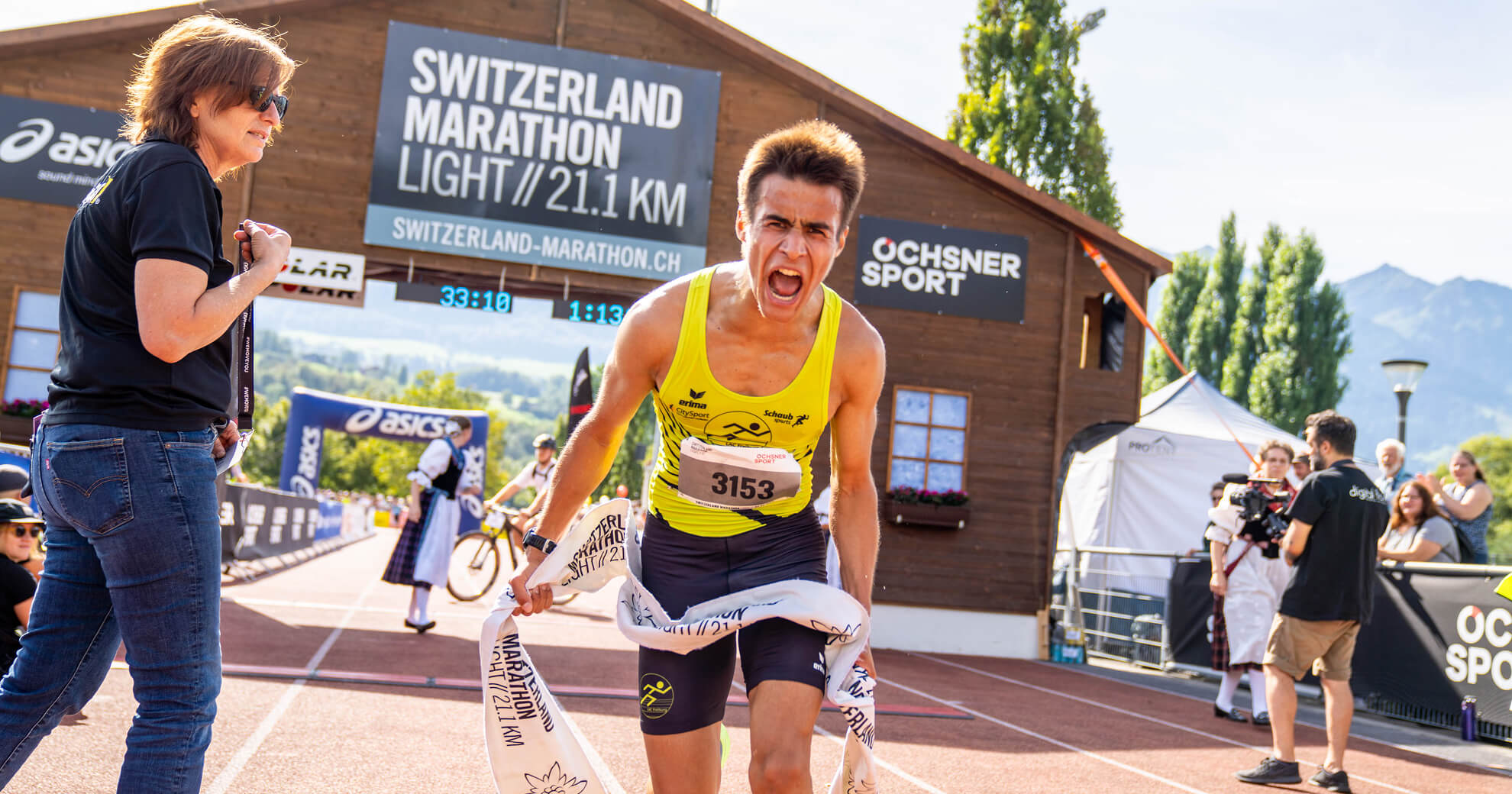
Race against time for user engagement
Digital consumption habits have radically changed the way participants interact with their event memories:
- Limited attention span: a participant’s interest in their race photos drops sharply after 24–48 hours, quickly replaced by other concerns
- Immediate purchase opportunities: the emotion and post-race euphoria create a very short commercial window of opportunity
- Social media dynamics: participants want to share their achievement immediately—not two weeks later, when the moment has passed
- Declining emotional value: every hour that passes weakens the emotional connection to the event and reduces the likelihood of purchase
For KUVA, turning a delay of several days into just a few hours therefore represented a major competitive advantage and a key commercial success factor.
Technical architecture of an intelligent photography solution
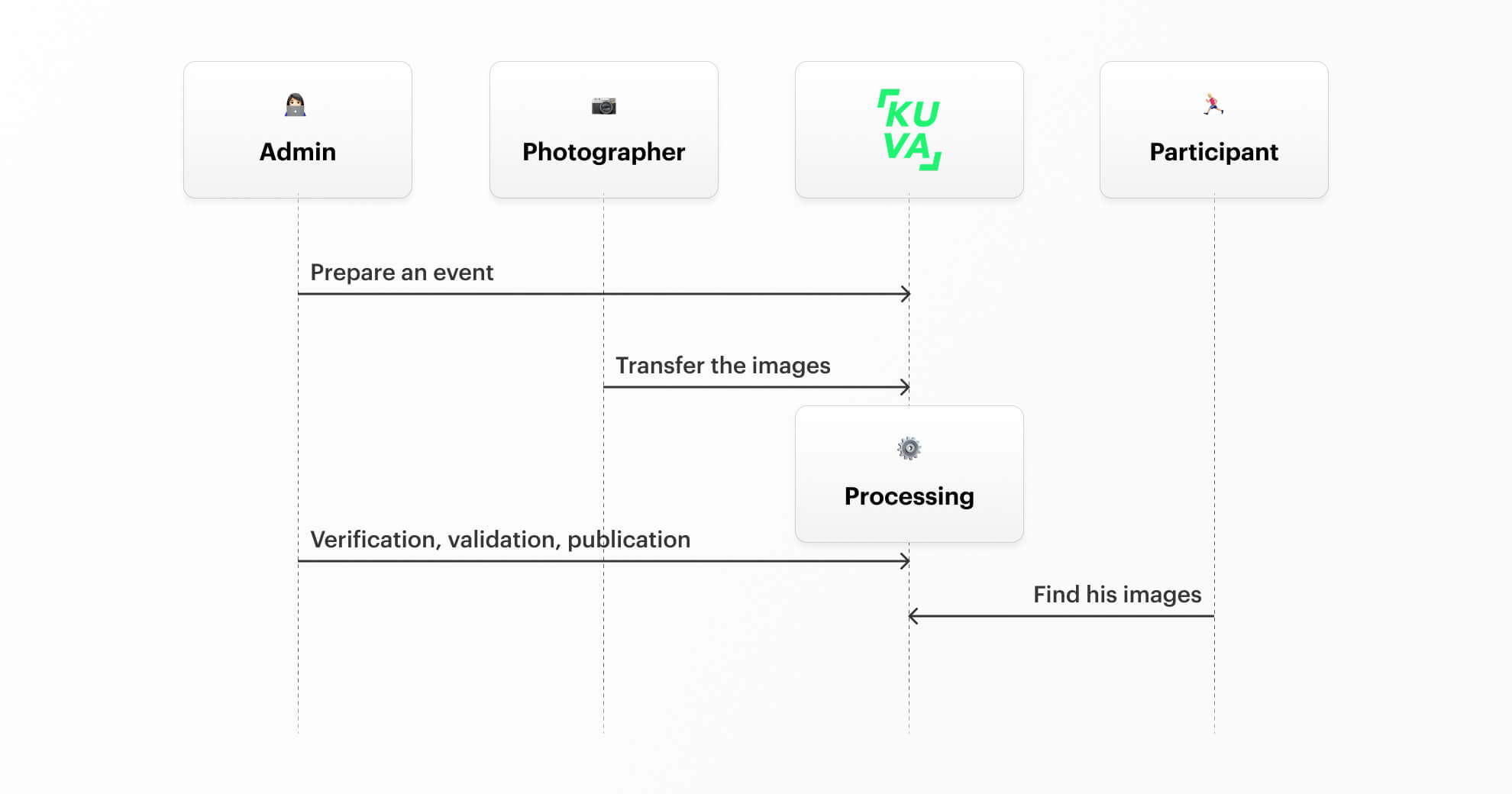
Multi-user ecosystem for photo portfolio management
KUVA is built on a sophisticated architecture with three distinct user profiles, each with dedicated interfaces:
- Event administrators: supervision interface for configuring and validating photo albums
- Professional photographers: workspace for importing and managing image portfolios
- Sports participants: personalised gallery and online shop to view and purchase their shots
This structure ensures an optimised workflow from image capture to final client delivery.
Photo lifecycle on the platform
- Pre-event preparation: configuration of the space dedicated to the competition
- Photo capture: professional shooting during the sporting event
- Secure import: upload of portfolios by photographers
- AI processing: automatic image analysis for identification
Major innovations in visual recognition for sports photography
The complex challenge of identification at sporting events
Accurate participant identification under competitive sporting conditions presents unique challenges that our team had to overcome.
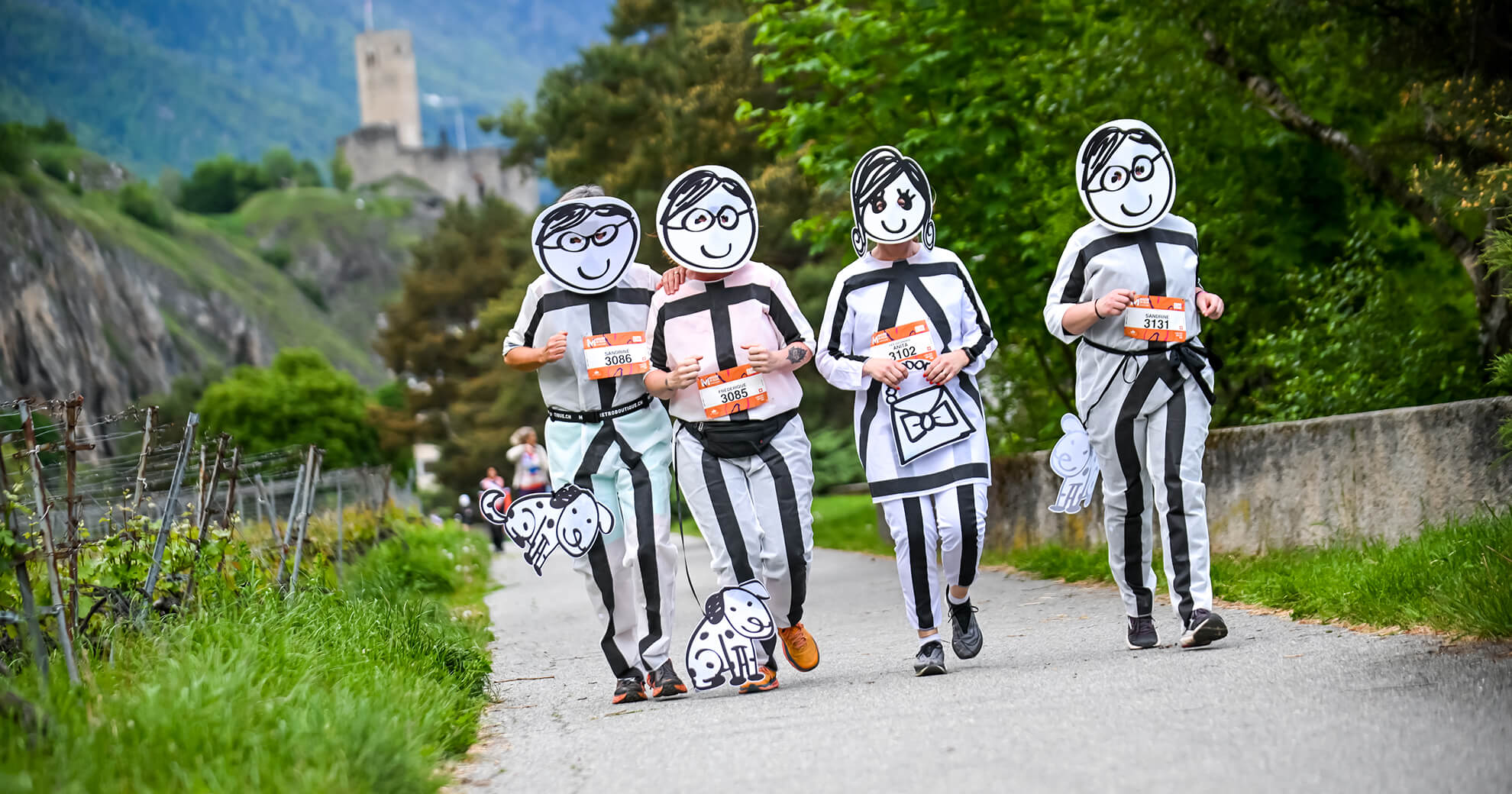
For facial recognition
- Faces altered by intense physical effort
- Presence of sports equipment partially obscuring features (helmets, sunglasses, caps)
- Appearance changes during the event (a participant may remove their glasses or helmet between two photos)
- Variable lighting conditions (shaded areas, backlighting, reflections)
For bib number identification
- Numbers partially obscured by clothing folds
- Frequent obstructions by other competitors or the participant’s own arms
- Varied shooting angles making reading difficult
- Increased complexity for younger participants (smaller bibs, different proportions)
For automated processing
- High risk of false positives with similar numbers present in the environment
- Need to process large volumes of images quickly
- Imperative to maintain a high level of accuracy despite these constraints
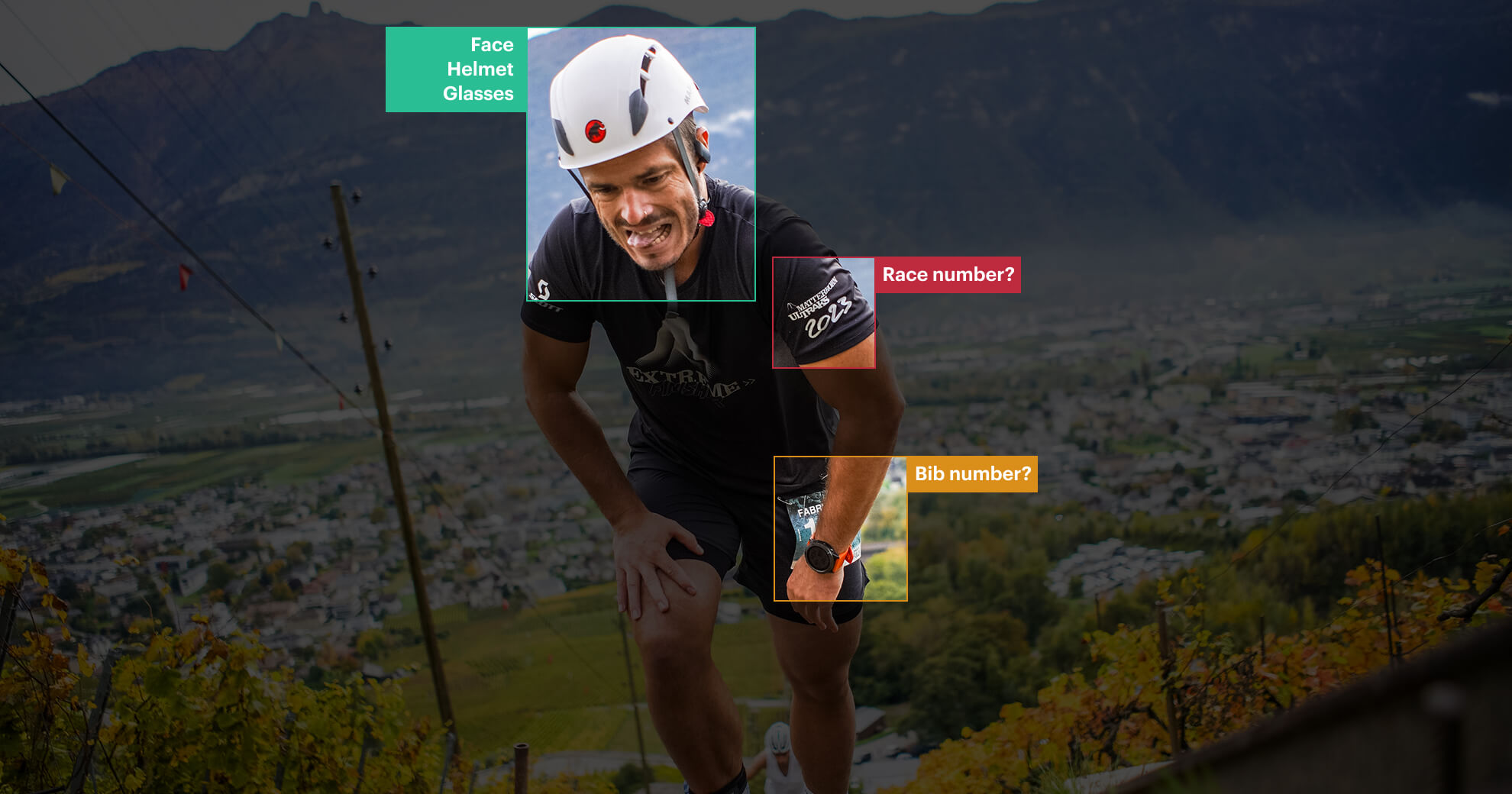
Technical revolution: the advanced athlete recognition engine
The core of our technical intervention on KUVA involved completely redesigning the recognition engine, the central element of the platform. Our approach centred around a major innovation: the “head-to-bib pairing” system.
Vector technology serving sports identification
Our solution relies on a sophisticated mechanism operating in several stages.
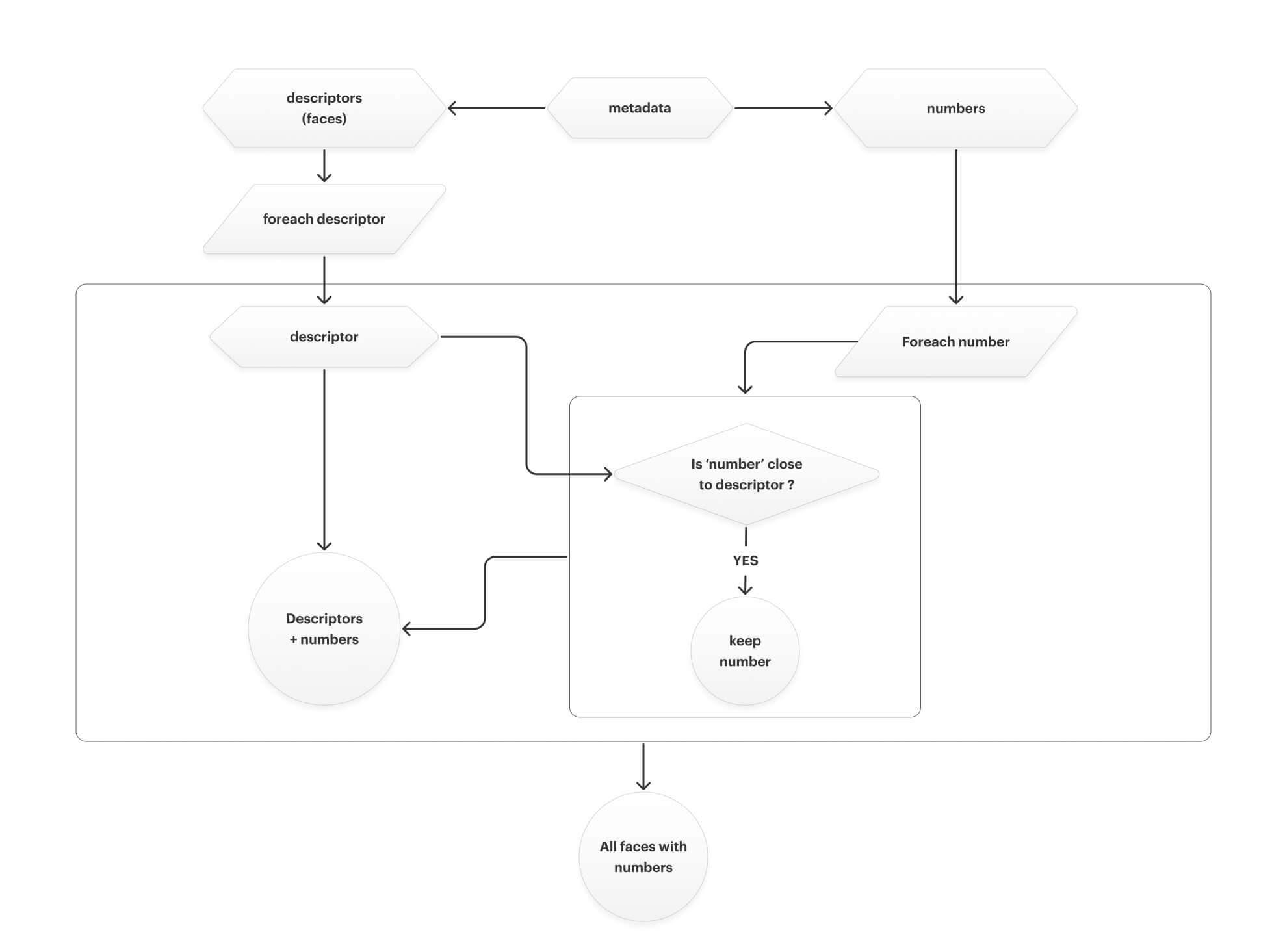
- In-depth analysis of each image:
- Meticulous extraction of distinctive features
- Identification of specific shapes, colours, and patterns
- Detection of faces and potential bib areas
- Visual data vectorisation:
- Conversion of features into numerical sequences (vectors)
- Creation of a unique “fingerprint” for each element
- Optimised storage enabling rapid comparisons
- Intelligent comparison system:
- Assessment of proximity between vectors of different images
- Calculation of match probability between faces and bibs
- Automatic association of elements belonging to the same participant
- High-performance parallel processing:
- Comprehensive analysis within 30–60 seconds per image
- Simultaneous management of multiple competitors in the same photo
- Scalability to efficiently handle large volumes of images
This vector-based approach represents a significant advancement compared to traditional pixel-by-pixel processing methods, offering considerable gains in both speed and accuracy.
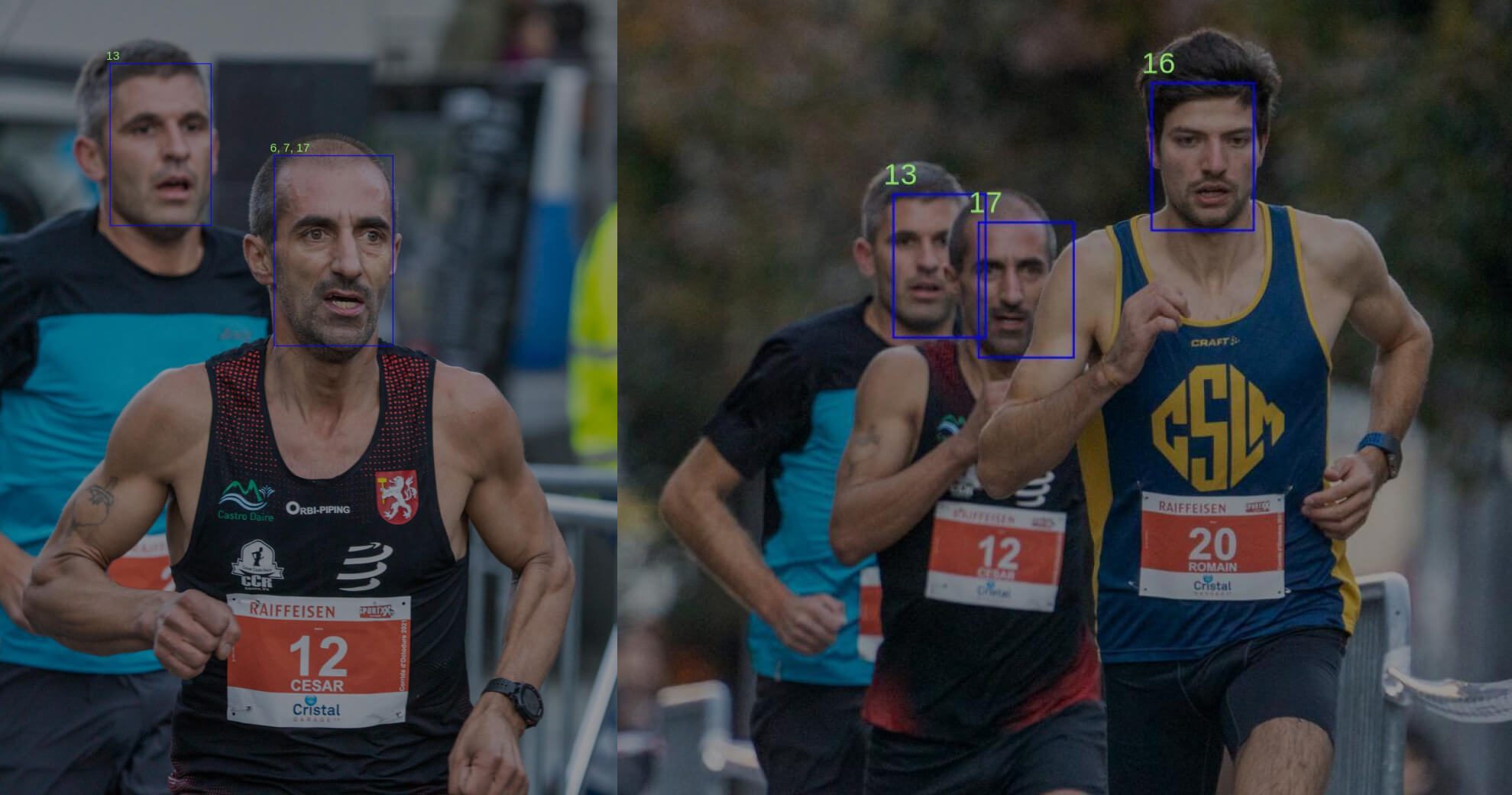
Balance between automation and human control
To ensure maximum reliability, we complemented the automated system with several supervision features:
- Validation-correction interface allowing administrators to intervene in uncertain cases
- Image weighting system to prioritise the display of higher-quality shots
- Batch publishing simplifying the upload of large quantities of photos
This combination of advanced artificial intelligence and strategic human supervision significantly reduced the rate of false positives while greatly speeding up the overall process.
Summary of technical innovations in visual recognition
Our intervention on KUVA’s recognition engine brought the following improvements:
- Increased accuracy: significant reduction in false positives and identification errors
- Optimised speed: complete processing of an image in under one minute
- Robustness under challenging conditions: performance maintained despite the inherent difficulties of sports photography
- System flexibility: adaptation to various types of events and participants
- Scalability: capacity to efficiently handle large volumes of images
Protection and optimisation of photographic content
To secure the business model while ensuring a smooth experience:
- Dynamic watermark: automatic application of a watermark on every preview
- Intelligent compression: optimisation of resolution for web display without compromising visual quality
- Protection against unauthorised use: resolution sufficient for preview but unsuitable for high-quality printing
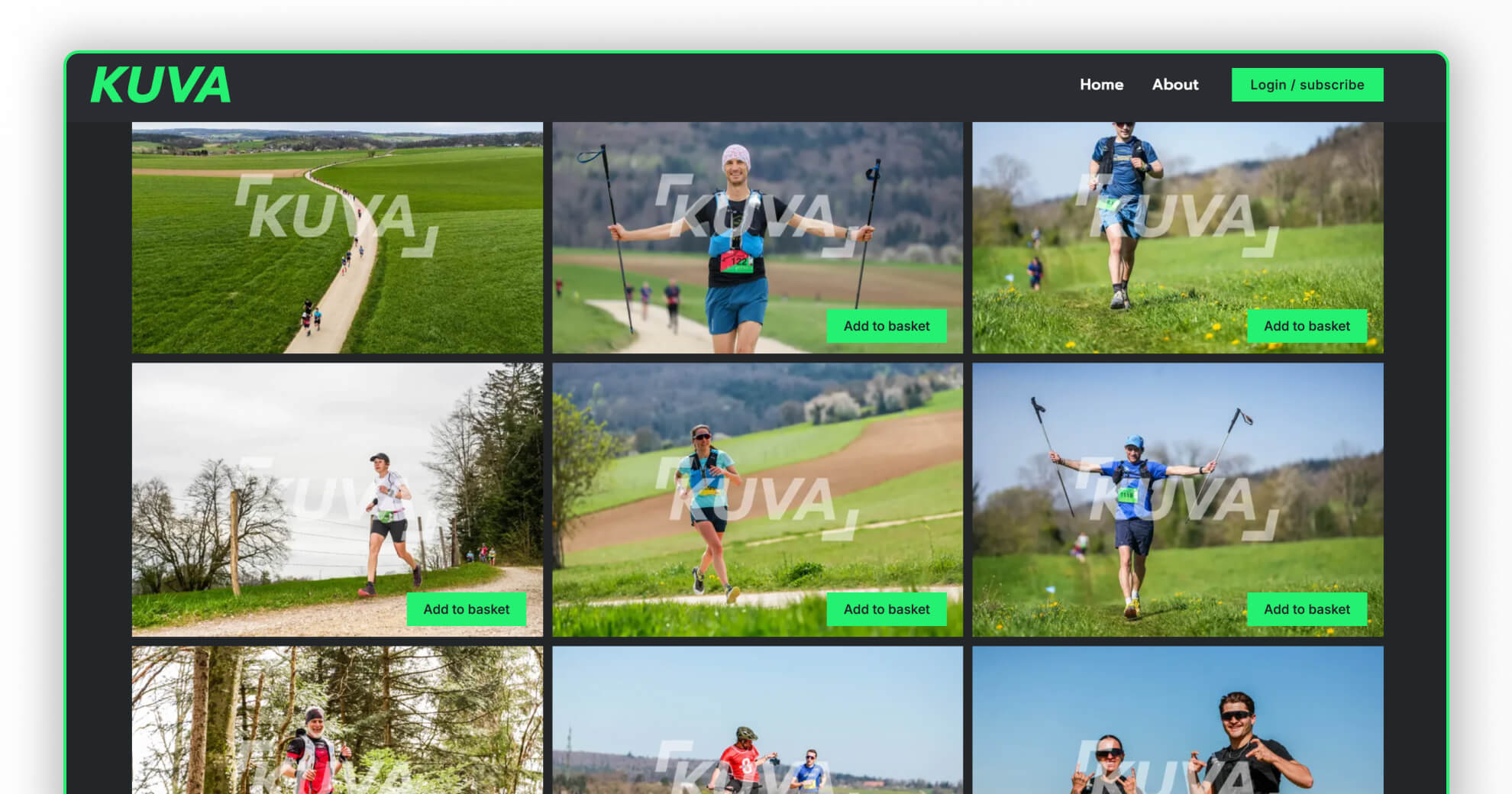
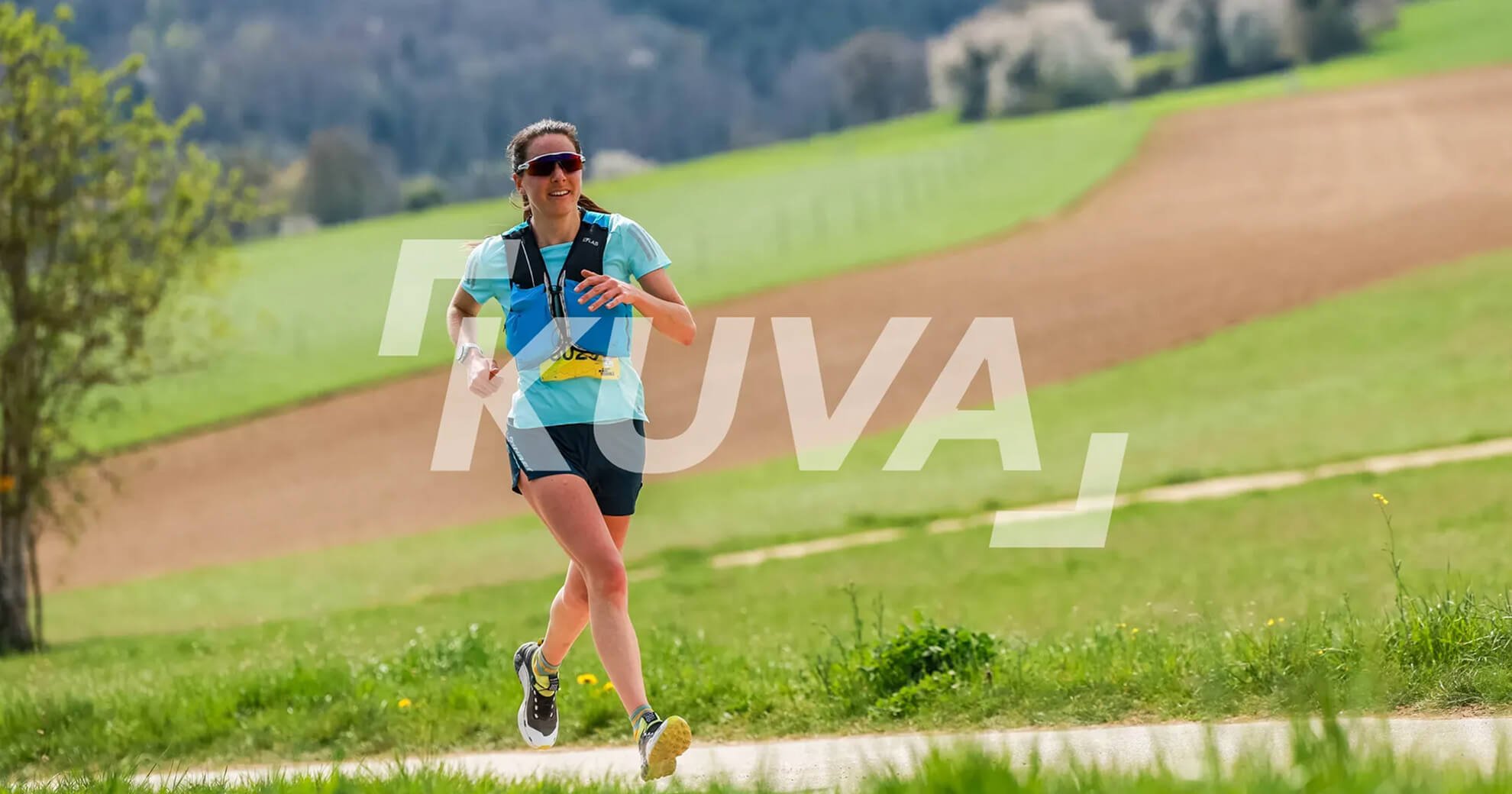
Transforming the customer experience in purchasing sports photos
E-commerce interface redesigned for event photography
The sales interface was completely redesigned to maximise conversion:
- Flexible purchase options: individual photos, full packages, or customised bundles
- Dynamic pricing: prices adjustable by event with a sliding scale system
- Evolving portfolio: automatic enrichment of the package after purchase with new photos matching the bib number

Measurable results after technical optimisation
The improvements delivered tangible outcomes:
- Accelerated availability: 80% of photographs accessible within 24 hours
- Improved accuracy: significant reduction in false positives
- Simplified purchase journey: process completed in just a few clicks from event selection to acquisition
Client feedback and future outlook
Testimony from Etienne Bornet, co-founder and CEO of KUVA
Key figures:
- 2023 turnover: less than CHF 100,000 vs. 2024 turnover: more than CHF 170,000. This increase is not entirely due to the web development, of course, but according to Etienne: “it certainly made a difference.”
- Nearly 30 events covered in 2024.
- Increase of 3–4% in the average conversion rate, reaching 13%. Etienne said: “The web development and runner identification play a major role in this increase.”
- Finally, Etienne estimates an improvement of between 15% and 20% in bib recognition accuracy.
Etienne Bornet – Founder and CEO at Kuva.swiss (LinkedIn)“The Apptitude team was able to adapt to the specific needs of our new company, which requires several developments to improve its processes over the years. Through collaborative discussions, they understood our needs and translated them into solutions that allow us to enhance our product day by day.”
Future developments of the photo platform
The evolution of KUVA continues with several areas of innovation:
- API integration with timing systems: to automatically enrich image metadata
- Dynamic overlay of performance data: displaying race times directly on photographs
- Expansion of technical partnerships: notably with MSO.swiss (read our case study on this topic) and other players in the sports event sector
Our digital transformation methodology for existing projects
KUVA exemplifies our distinctive approach to technical overhaul projects:
- Thorough audit before any intervention
- Preservation of the existing solution’s strengths
- Targeted rebuilding of problematic components
- Continuous improvement rather than temporary fixes
Our philosophy prioritises sustainable quality over rushed solutions, as emphasised by Etienne Bornet:
Etienne Bornet – Founder and CEO at Kuva.swiss (LinkedIn)“We did not want quick wins that would have required later corrections. Apptitude’s vision allows us to avoid these pitfalls by identifying the long-term implications of each technical decision.”
Do you have a project for a photo platform, artificial intelligence, or event application that requires technical expertise and creative vision?
Contact our team to explore the possibilities together.




